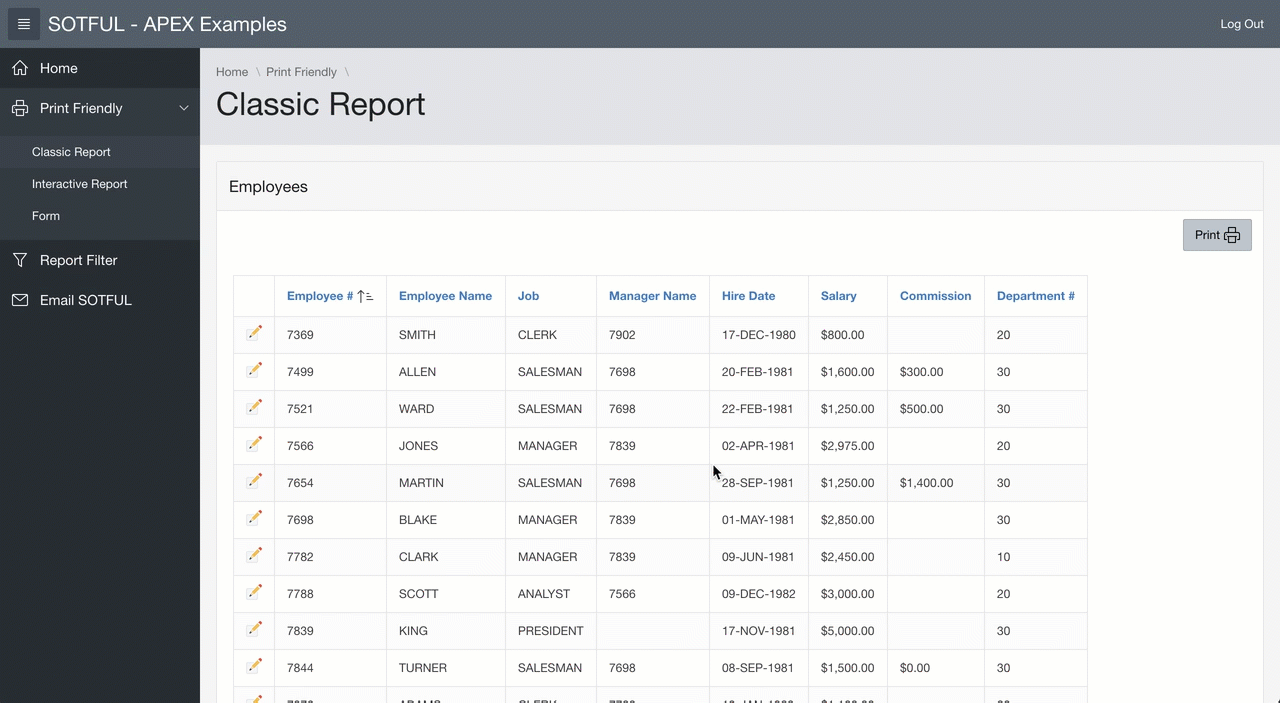

Below is a list of the base data and the type of output we would like to return from an aggregate query. L_id : = apex_application.g_f02(apex_application. ORACLE-BASE - String Aggregation Techniques. f02(1) = EMP_ID that belongs to employee in 1st row, - f02(3) = EMP_ID that belongs to emplyee in 3rd row declareīegin for j in 1. You'd then create a process which - in a loop - stores selected values into a temporary table you mentioned. Or, you could create a tabular form which also displays all employees and has checkboxes at the beginning of every line. Here's a query: SQL > with emps (shuttle_item) as 2 ( select '6547:8879:5587:9987' from dual)ģ select regexp_substr(shuttle_item, '+', 1, level) one_item However, once you have to actually do something with those values, you have to split them to rows. Once you submit the page, list of employee IDs is stored into a table column in a form of colon-separated values, for example 6547: 8879: 5587: 9987 Item buttons allow you to move all (or only some of them) to the right side of the item. To create the PL/SQL expression for the SAL column, select the SAL field in the content body region and do the right click on it and select Create Validation option. On the left side, you'd display list of all employees. In the below example, it is creating validation for the SAL column, which must be greater than 1000. The ideal would be to execute this procedure for each field you want to extractįrom string.There's the Shuttle item. when a extra semicolon ( ) is added to end the query. MySQL Oracle DB PostgreSQL SQL Server SQLite bind/const.
The result and a the orginal string minus the parsed out string. TheP_DELIMITOR IN VARCHAR2 DEFAULT ',' ) is /*This Procedure will parse out the first field of a delimited string it will return Default is comma but you can pass in a different delimiter parse_delimited_string(V_string, v_value, ' ') - semicolon delimited create or replace procedure parse_delimited_string ( P_INPUT_STRING IN OUT VARCHAR2 , When p_input_string = p_output_value it is done. The format elements RN, TM, and EEEE are not supported. See the Oracle SQL Language reference section on Format Models for more information on the pFormat parameter. execute procedure below it is designed to wittle the record down a piece at a time. The apex.locale namespace contains Oracle APEX functions related to formatting numbers and dates according to a specific locale.


 0 kommentar(er)
0 kommentar(er)
